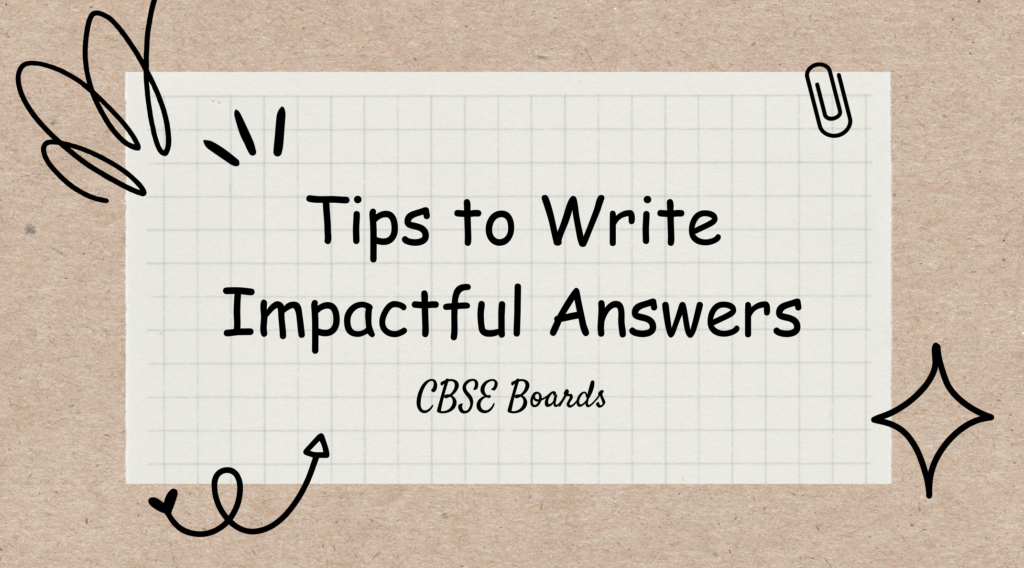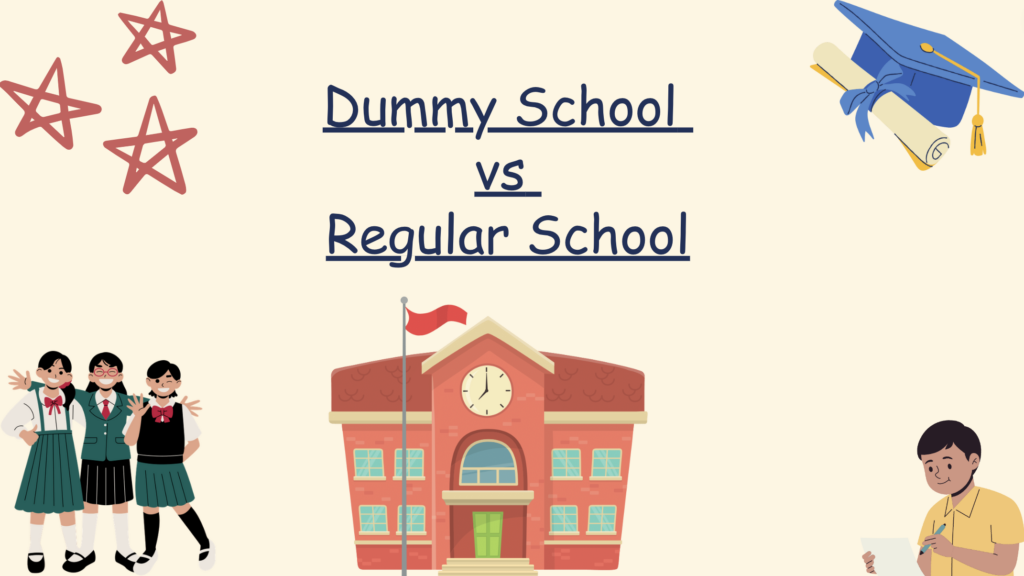CBSE to Help Class 11, 12 Students Shortlist Career Options
Central Board of Secondary Education (CBSE) in collaboration National Council of Educational Research and Training (NCERT) has introduced, ‘Tamanna,’ an aptitude test to help students of classes’ 11th and 12th shortlist career options after passing their board exams.
The move received immense appreciation from teachers and parents as this test will help reveal a student’s strengths and limitations to ultimately support them while making career-related decisions.
Here is Everything You Need to Know About – ‘Tamanna’
‘Tamanna’ stands for Try And Measure Aptitude And Natural Abilities. It has been developed under the aegis of Ministry of Human Resource Development, Govt. of India, the CBSE and NCERT, New Delhi.
The test is mainly for senior secondary students (class 9th and class 10th) to enable stakeholders to only ‘assess’ the aptitude of students. It can be further utilized to recommend any subject, courses of study and/or vocations etc.
The aptitude test uncovers information related to the fortes of students and has no pass or fail. The test should be taken voluntarily by interested students.
Notable Features of the Aptitude Test – ‘Tamanna’
- The aptitude test will accurately assess a student’s strengths and limitations.
- There will be seven sub-tests and each sub-test will of 10-minute duration.
- It will take approximately 70 minutes to complete the entire test.
- Based on the test score students can get an idea about their interests.
- It will help students decide on a career path.
- The score of the aptitude test will be suggestive. Therefore, should not be used as only deciding factor for choosing the subjects.
Launched last week, CBSE has set specific guidelines on ways to evaluate students on various parameters. The guidelines have been already sent to all affiliated schools.
A note sent to all schools by the CBSE read as following
“Students, teachers and parents must keep in mind that the aptitude test provides information related to the strengths of students and there is no pass or fail in this test. The test should be taken voluntarily by interested students and must not be used to impose any subject etc. on the students.”
The test covers delineated seven dimensions, and a brief description of each sub-set of test is given for your better understanding
Language Aptitude (LA)
It checks the ability to understand the meaning of the words, their usage, spelling, meaning of proverbs/idioms. LA is important for occupations involving reading and writing such as journalism, advertising, law, stenography, business development, social sciences, teaching, media studies etc.
Abstract Reasoning (AR)
It involves abilities such as logical thinking, time management, and problem solving ability. It is a non-verbal sub-set in which questions consist of set of figures or pattern which are in positioned in a certain pattern.
The abstract reasoning in important for performance in courses such as mathematics, economics, computer science, biotechnology, medicine, mechanics, architecture, forensic science etc.
Verbal Reasoning (VR)
It is the ability to solve any problem by understanding the meaning and ideas framed in the words. In VR subset an individual is expected to apply reasoning based on the words and understand the relationship between any pair of words.
VR is essential in performance in occupations or courses like business studies, psychology, education, journalism, marketing, advertising, linguistics, medical, human resource management and auctioneering etc.
Mechanical Reasoning (MR)
MR subset is about applying the reasoning in practical environment. It involves the application of basic mechanical concepts. It helps individual to solve problems related to machines. It involves topics such as acceleration, pressure, energy transformation, lever, pulleys, work, power and energy etc.
It has important application in courses such as mechanics, physics, chemistry, engineering, and other occupations involving technical skill such as carpentry, masonry and plumbing etc.
Numerical Aptitude (NA)
NA subset involves the application of basic mathematics operations (such as add, subtract, division, multiplication, percentage, ratios, square and square root etc.). It also checks an individual’s ability to perform mathematics quickly and correctly.
It is fundamental for the performance in courses like mathematics, computer science, economics, oceanology, geology, meteorology, accountancy and all types of engineering etc.
Spatial Aptitude (SA)
It is the ability to imagine an object in a space and comprehend how the dimensions will change or object will look if the object is rotated in a particular way. In this subset, a student is asked to identify how an object will look when seen through a mirror or when folded in a certain way.
It is important in the fields that demand individual to visualizer an object in 3D frame such as performing arts, engineering, drafting, architecture, geography, astronomy, visual arts, animation, designing, urban / town planning, multimedia and photography etc.
Perceptual Aptitude (PA)
It is the final sub-set that involves comparison of visual information such as letters, numbers or combination of letters and numbers.
In this subset an individual is asked to compare a group of words or number of combination and identify similarities or differences. It is important in performance in fields and courses such as traffic police, data entry operation, clerical, secretaryship, coding, banking, proofreading, computer programming, record keeping etc.



